When to Replace Work Shoes: Signs & Maintenance Tips
When it comes to work shoes, we often find ourselves in a bit of a dilemma. We ask, “How often should I replace my work shoes?” It’s a valid question, considering the crucial role they play in our daily comfort and safety. I’ve been there, pacing through countless pairs, trying to strike the perfect balance between durability and foot health.
Believe me, there’s more to it than just waiting for visible wear and tear. The lifespan of your work shoes depends on several factors including the type of job you do, the materials of the shoes, and how well you take care of them. Let’s dive into what you need to know to make informed decisions about when it’s time for a new pair.
Key Takeaways
- Assess Work Environment and Shoe Material: The lifespan of work shoes is greatly affected by the work environment and the materials they are made of. Leather lasts longer but needs more care, while synthetic materials might be better for certain conditions but wear out faster.
- Recognize the Importance of Comfort, Safety, and Productivity: Comfortable and safe work shoes are not just essential for health and preventing injuries; they also directly impact productivity. It’s crucial not to overlook the signs that it’s time for a new pair for the sake of appearance or expense.
- Understand Various Types of Work Shoes: Different job roles require specific types of work shoes, such as safety-toe, slip-resistant, insulated work boots, and electrical hazard shoes. Selecting the right type based on your job’s demands is key to ensuring safety and comfort.
- Identify Signs for Replacement: Visible wear and tear, diminished comfort, alterations in fit, fading safety features, and persistent odor are clear indicators that it’s time to replace your work shoes to maintain safety and comfort on the job.
- Adopt Practices to Extend Shoe Lifespan: Regular cleaning, proper maintenance, rotating between pairs, using quality care products, and proper storage are essential practices to prolong the life of your work shoes, making them a worthwhile investment in your professional and health wellbeing.
Importance of Work Shoes

When I think about workplace essentials, work shoes unequivocally sit at the top of my list. Why? Because comfort, safety, and productivity are deeply interwoven into the quality and condition of the shoes we wear every day. These aren’t just accessories; they’re vital tools that contribute significantly to our overall work experience and performance.
Comfort is paramount. I’ve learned that a well-fitted, supportive pair of work shoes can drastically influence my day. Without proper support, common issues like back pain, sore feet, and general discomfort throughout the day become my unwelcome companions. It’s about more than just feeling good; it’s about maintaining health and well-being in roles that demand we’re on our feet for extended periods.
Safety should never be compromised. Depending on the job, work shoes can serve as the first line of defense against hazards like slipping, falling objects, and electrical shocks. For example, the right shoes in construction or manufacturing can literally be the difference between a regular workday and a trip to the emergency room. That’s a fact I can’t overlook, especially when considering statistics on workplace injuries being significantly reduced by wearing appropriate footwear.
Finally, productivity is undoubtedly linked to the state of our work shoes. It’s hard to concentrate and perform at my best when I’m constantly distracted by discomfort or worry about potential accidents. A quality pair of shoes not only prevents fatigue but also instills confidence, allowing me to focus on the task at hand rather than what’s on my feet.
So, replacing work shoes isn’t just about keeping up appearances or avoiding visible wear and tear; it’s about ensuring that I remain comfortable, safe, and productive. Recognizing the signals that it’s time for a new pair can make a significant difference in my work life, highlighting the ongoing balancing act between footwear condition and workplace demands.
Factors Affecting Shoe Lifespan

When I think about how often to replace work shoes, it’s crucial to consider the factors that impact their lifespan. It’s not just about time; several elements play a significant role.
First off, the material of the shoes is a big deal. Leather shoes, for instance, tend to last longer than synthetic ones if properly cared for. However, they also require more maintenance. On the other side, synthetic materials might not last as long but can be more resistant to certain types of wear and tear, such as exposure to chemicals.
Another critical factor is the environment in which the shoes are used. Workplaces vary greatly, and so does the impact they have on shoes. Construction sites, for example, are harsher on footwear than office settings. Exposure to water, chemicals, and even the type of surface you walk on can accelerate wear.
The quality of the shoes also plays a fundamental role. Higher quality shoes, which often come at a higher price, are designed to last longer. They’re made with better materials and construction techniques. However, even the best shoes won’t last forever and will eventually need to be replaced.
Lastly, how often the shoes are worn and how well they are maintained are crucial factors. Shoes that are worn every day will wear out faster than those worn less frequently. Regular cleaning and maintenance, like conditioning leather or applying waterproofing treatments, can extend their life.
| Factor | Impact on Lifespan |
|---|---|
| Material | High – Leather lasts longer but requires more care. |
| Environment | High – Rough conditions wear shoes faster. |
| Quality | Medium to High – Higher quality equals longer lifespan but at a cost. |
| Usage & Maintenance | High – Frequent wear and poor maintenance shorten lifespan. |
Understanding these factors helps me make informed decisions about when it’s time to replace my work shoes. It’s about monitoring their condition, knowing the demands of my job, and considering how these elements influence their wear and tear.
Understanding Different Types of Work Shoes
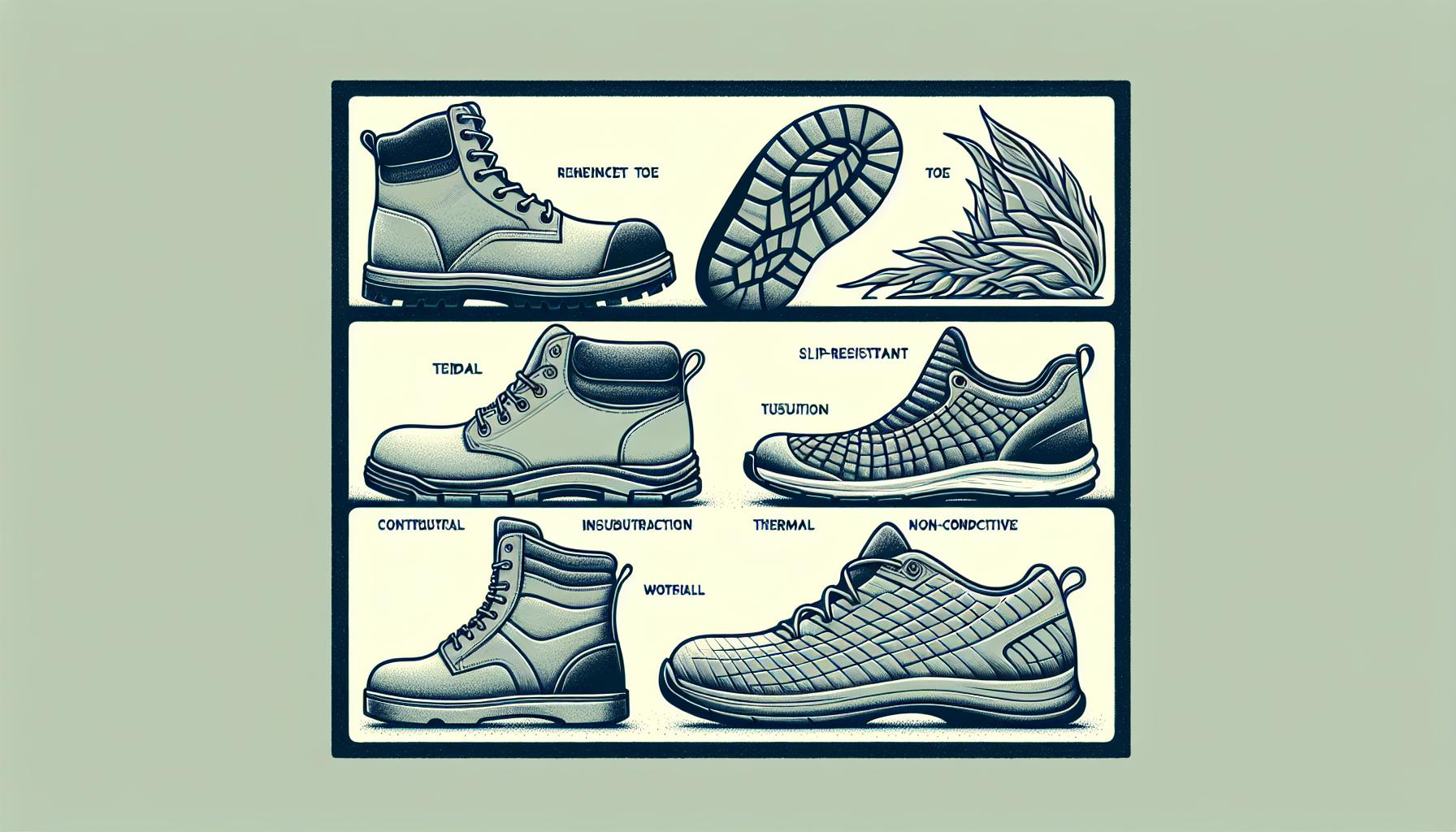
When it comes to selecting work shoes, I’ve discovered that one size does not fit all. Different jobs require different types of footwear, each designed to protect and support the feet under specific conditions. Let’s delve into the various categories of work shoes and understand what sets them apart.
Safety-Toe Shoes
The most recognizable feature in safety-toe shoes is the reinforced front, typically made from steel or composite materials. These are essential for jobs in construction or where heavy machinery is used. Protection is their primary function, shielding the toes from falling objects or compression incidents.
Slip-Resistant Shoes
In my experience, anyone working in restaurants, hospitals, or any environment prone to spills and wet surfaces needs slip-resistant shoes. The key here is the sole’s design: it’s crafted to provide maximum grip on slick floors, thereby preventing falls and injuries.
Insulated Work Boots
For outdoor jobs or working in cold environments, insulated work boots are a lifesaver. They contain layers of thermal insulation material, making them ideal for construction workers or anyone exposed to winter conditions. Their purpose? To keep your feet warm and dry, regardless of the external temperatures.
Electrical Hazard (EH) Shoes
These shoes are specifically designed for electricians and workers in areas with high electrical risks. EH shoes are made from non-conductive materials, providing a secondary source of protection by insulating the wearer from the ground. This can be crucial in preventing electric shocks under certain conditions.
The variety of work shoes available on the market means there’s something suited for virtually every type of job and working condition. By understanding the specific features and benefits of each category, I can make more informed decisions about the best type of work footwear for my needs and environment. Remember, investing in the right pair of work shoes not only ensures safety but also significantly impacts comfort and productivity throughout the workday.
Signs That Indicate It’s Time for Replacement

When it comes to work shoes, knowing when to replace them is crucial for maintaining both comfort and safety on the job. I’ve learned through experience that several key signs can alert you that your shoes are past their prime.
Visible Wear and Tear: This is the most obvious indicator. If the soles are worn down, holes have formed, or the seams are coming apart, it’s time for a new pair. These visual cues are clear indicators that your shoes can no longer provide the necessary protection and support.
Lack of Comfort: Work shoes are designed to offer comfort during long hours. If you start experiencing unusual foot pain or discomfort, it could mean the cushioning has worn out. Comfort should never be compromised, as it can lead to further foot problems or even impact your posture and back.
Fading Safety Features: For those in jobs requiring specific safety features like slip resistance, electrical hazard protection, or safety toes, any sign that these features are diminishing is a signal for immediate replacement. Safety features are critical, and their effectiveness shouldn’t be underestimated.
Persistent Odor: I’ve noticed that a persistent, bad odor from your shoes, which doesn’t go away with cleaning, can indicate that moisture and bacteria have compromised the material, affecting the shoe’s overall health.
Alterations in Fit: Lastly, if your shoes feel looser or tighter than when you first bought them, this could indicate that they’ve stretched out or shrunk, affecting their ability to provide proper support.
By staying vigilant for these signs, I ensure my work shoes are always in top condition, offering the best in safety and comfort. Keeping an eye on your work shoes for these indicators will help you make timely decisions about replacements, ensuring you’re always protected and comfortable on the job.
Tips for Extending the Lifespan of Work Shoes

Taking proper care of work shoes isn’t just about cleanliness; it’s a strategy to extend their lifespan substantially. I’ve discovered a few tried-and-true methods to keep work shoes in top-notch condition, ensuring they last longer, even in the most demanding work environments.
Firstly, regular maintenance is crucial. I make it a point to clean my shoes after each use, removing dirt and debris that can degrade the material over time. Using the correct cleaning products for the shoe material, whether it’s leather, synthetic, or textile, helps maintain their integrity.
Investing in quality shoe care products is something I never skimp on. Waterproofing sprays and conditioners for leather shoes can prevent damage from water and the elements. For those of us who work outdoors or in wet conditions, this step is a game-changer in prolonging shoe life.
One of the best tips I’ve learned is to rotate between pairs of work shoes. Wearing the same pair every day accelerates wear and tear. By rotating between two or three pairs, each set gets the chance to air out properly, which also helps in keeping them fresh and less susceptible to odor buildup.
Proper storage also plays a significant role. I always ensure my work shoes are stored in a cool, dry place away from direct sunlight. Excessive heat or moisture can alter the shape and functionality of the shoes, leading to reduced comfort and support.
Lastly, using insoles not only boosts comfort but can also protect the interior of the shoe from excessive wear. Replaceable insoles absorb much of the daily impact, sparing the shoe’s sole, and can be easily swapped out when they start to show signs of wear.
Through consistent care and mindful usage, it’s entirely possible to extend the lifespan of your work shoes, ensuring they remain comfortable, supportive, and, most importantly, effective in their protective capabilities.
Conclusion
Recognizing the right time to replace work shoes is crucial for maintaining both comfort and safety on the job. I’ve shared the telltale signs that it’s time for a new pair and provided strategies to help your work shoes serve you well for as long as possible. Remember, staying proactive about shoe maintenance and replacement is not just about footwear—it’s about supporting your overall well-being and performance at work. So, keep an eye on your shoes’ condition and make the smart choice when they no longer meet your needs. By doing so, you’ll ensure you’re always stepping forward with confidence and protection.
Frequently Asked Questions
What are the different types of work shoes?
Work shoes are designed to meet the specific requirements of various job roles. Types include safety-toe boots, slip-resistant shoes, and insulated footwear, among others, tailored to provide protection and support for different working conditions.
How do I know when to replace my work shoes?
Signs that it’s time to replace your work shoes include visible wear and tear, discomfort leading to foot pain, faded safety features, a persistent odor, and changes in how they fit.
What can cause foot pain related to work shoes?
Foot pain can be caused by wearing work shoes that are worn out, improperly fitted, or lack adequate support and cushioning necessary for your job’s physical demands.
How can I extend the lifespan of my work shoes?
To extend the lifespan of your work shoes, engage in regular maintenance, use quality shoe care products, rotate between pairs to avoid excessive wear, store them properly, and consider using insoles for additional comfort and protection.
What are the benefits of using insoles in work shoes?
Insoles provide added comfort, support, and protection, potentially reducing foot pain and fatigue. They can also help extend the wearability of work shoes by enhancing fit and mitigating wear impact.


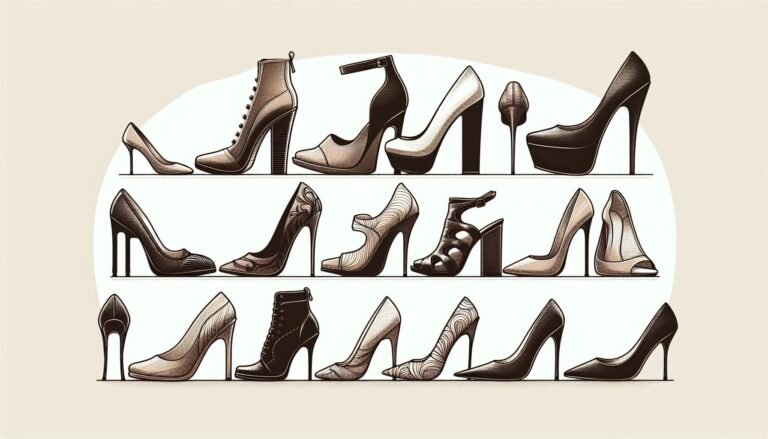
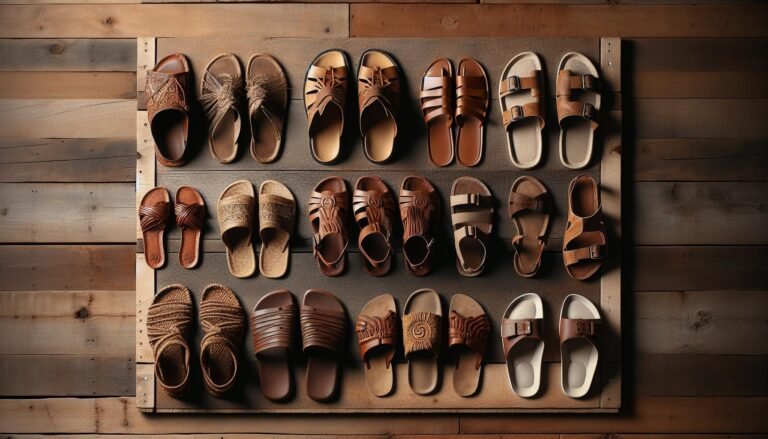

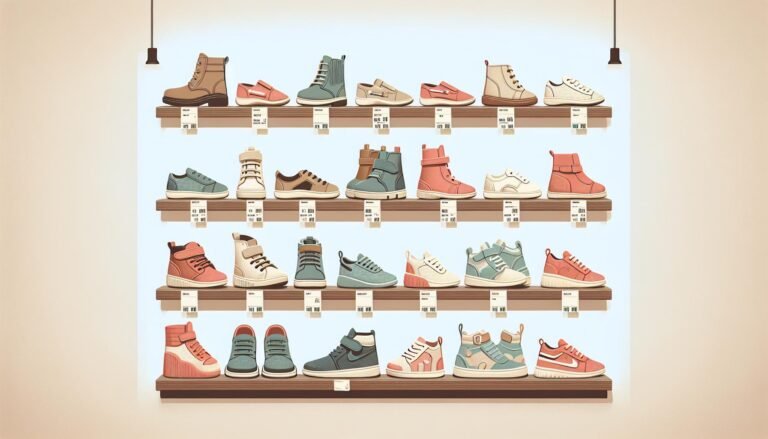
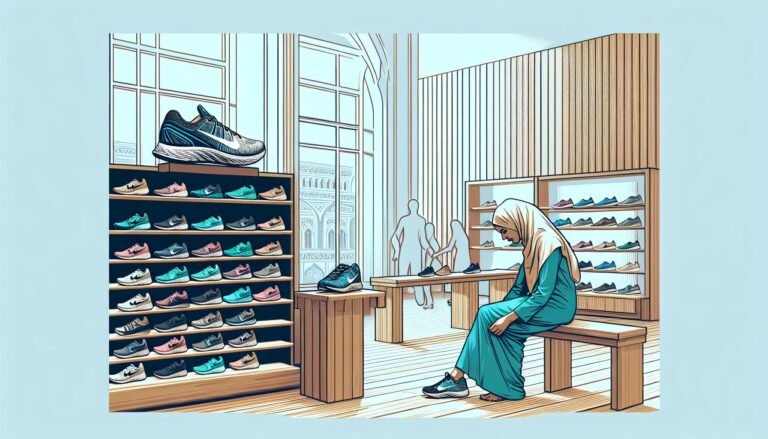

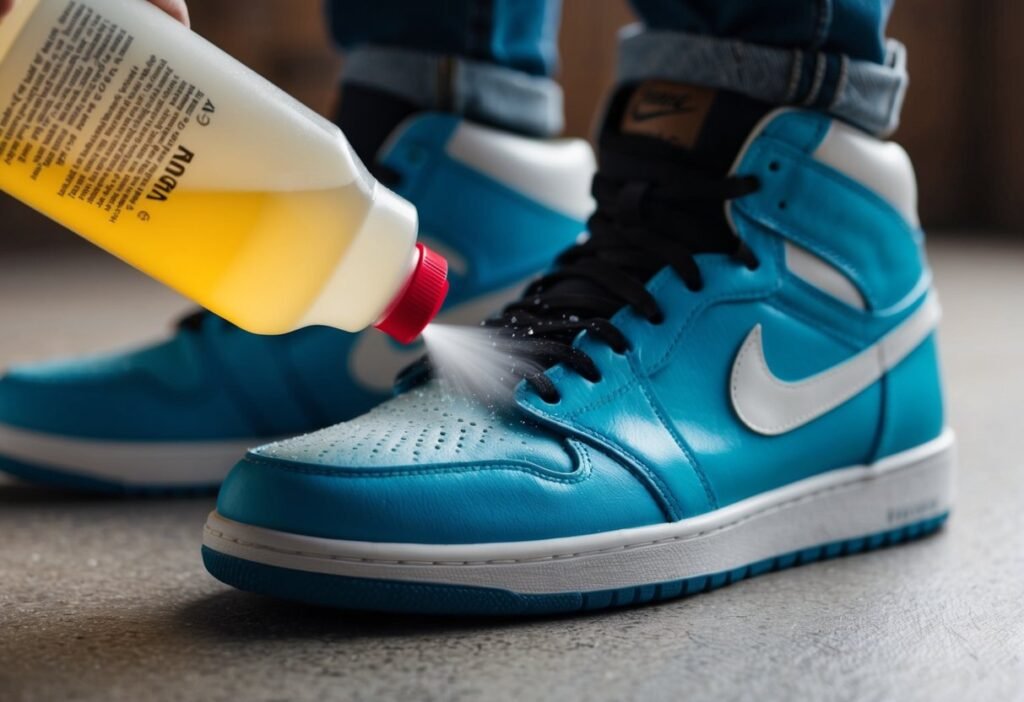

[…] as a worth-the-money investment due to their exceptional durability and quality. They offer long-lasting wear and are designed with sustainability in mind, simplifying the care process to extend the […]